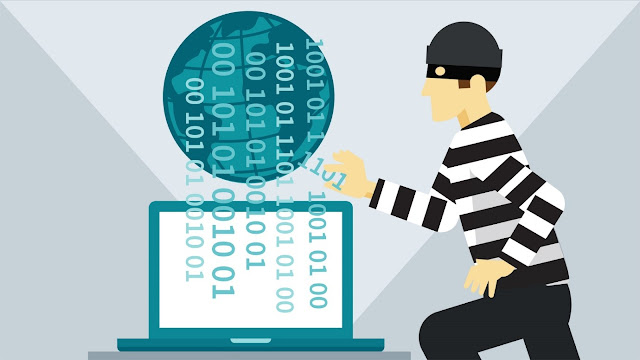How to secure your PC

May it be your computer for official work or
personal use, its highly likely that you want your data safe from prying eyes.
In order to keep it secure a broad range of threats need to be considered,
including malicious attacks or people physically stealing your data.
You can follow simple measures to ensure that
your computer doesn’t get compromised. In this how to guide we will outline 7
simple steps that you may consider to keep your PC secure.
1. Keep up with system and software
security updates
Software and Security updates often
provide extra features that may cover the security holes. This means that the
OS provider has found vulnerabilities that might compromise your system. So,
it’s a given that, every user must always stay on top of the system updates.
To check for system updates, go to Settings
> Update & Security and then click on the Check for updates
button.
2. Enable Firewall
A firewall is a network security
system that acts as a barrier between your system/network and the internet. It
can be implemented as software or hardware firewall.
Software firewall protects your
computer by closing all ports thereby preventing communication with your system
and stopping threats from entering your system.
In Windows OS you can enable
firewall by going to Control Panel > System and Security, here choose
Windows Defender Firewall and then Turn on the Firewall (by
default it will be enabled) or you can also go to run prompt (⊞+r) and type firewall.cpl.
Hardware firewall are often built
into home routers and all you need to do is check if it is turned on.
3. Enable Bitlocker
One way to keep your data safe from
falling into wrong hands is by encrypting it. Encrypted data will require a key
to decrypt it. If you lose this key/password then won’t be able to retrieve the
data.
In Windows OS one can encrypt the
data by enabling BitLocker (not available in Home Edition).
Bitlocker can be enabled by right
clicking on the required Drive and select Turn on Bitlocker or go to
Control Panel and click on BitLocker Drive encryption and select the
drive to encrypt. This will take time to encrypt the data in every sector,
depending on the size of your drive. So, wait till the process completes,
meanwhile do not access any of the files in that drive.
4. Enable boot Password from Bios/UEFI
Even if you have password protected
your system hackers may enter the Bios and change settings in order to steal
data. Password protecting your Bios may protect from these threats. This
password will be required in order boot computer or change settings.
In order to set Bios Password,
follow these steps:
·
Once
you switch on your system press F2 or Del key to enter into Bios
·
Go
to Advance Setting or Security tab
·
Click
on the Set Password Option for Bios
5. Avoid using Public Network Connections
Public network connections are vulnerable
to many security threats including Man-in-the-Middle attacks, snooping and
sniffing, and malware distribution. Cybercriminals may use tools or devices to
easily eavesdrop on Wi-Fi signals which may allow them to read your data.
So that best way to keep your
information safe is to use Private Network connection.
6. Turn off File and Printer Sharing
File and Printer sharing when on, means that other people can view or access your data. This poses as a risk as your information may fall into wrong hands. So always make sure to disable Files and Printers sharing.
To disable go to Control
Panel > Network and Internet > Network and Sharing Centre > Advanced
sharing settings. Here select Turn off Network discovery and Turn
off File and Printer sharing and save your changes.
7. Windows Security PopUp
This is a feature that is provided with the OS where you can check the health of your system. The window provides option to Scan, check for Vulnerabilities, check Device performance, Device security, App & browser control and also provides parental control.
Windows security will pop up in case of any
vulnerabilities in your system.
These are basic levels of security measures that
all PC users must follow to keep their information safe.









Comments
Post a Comment